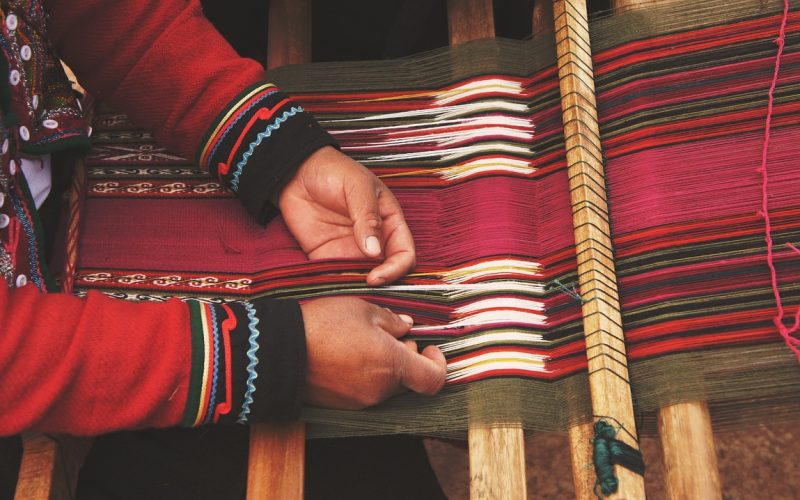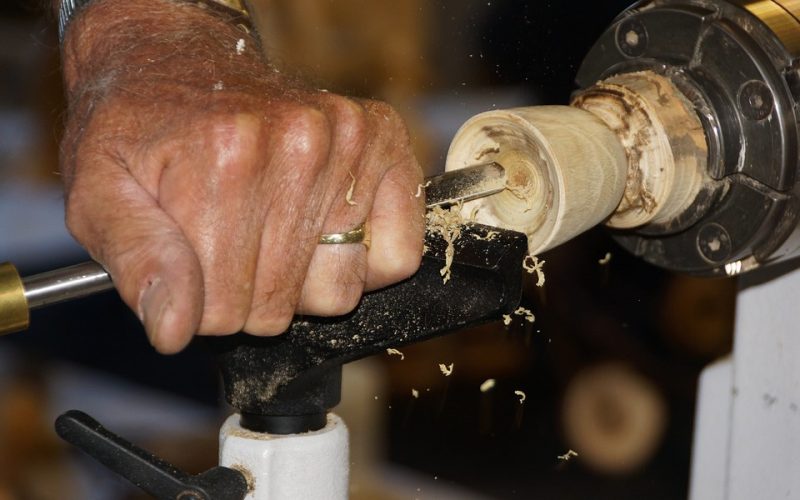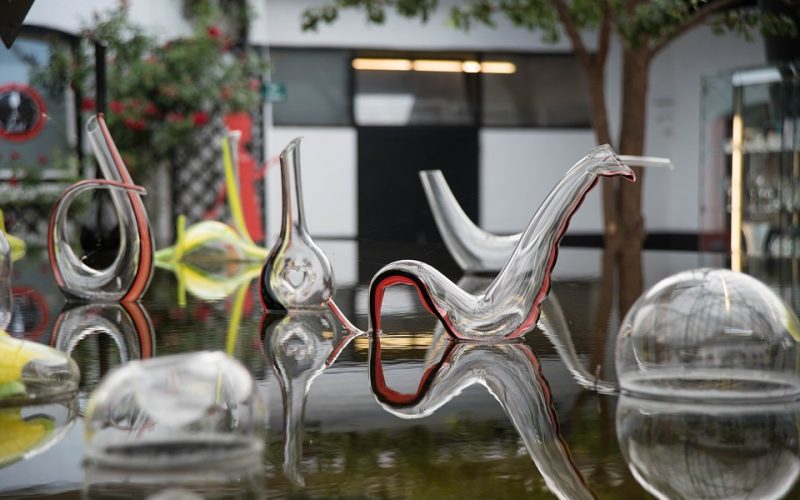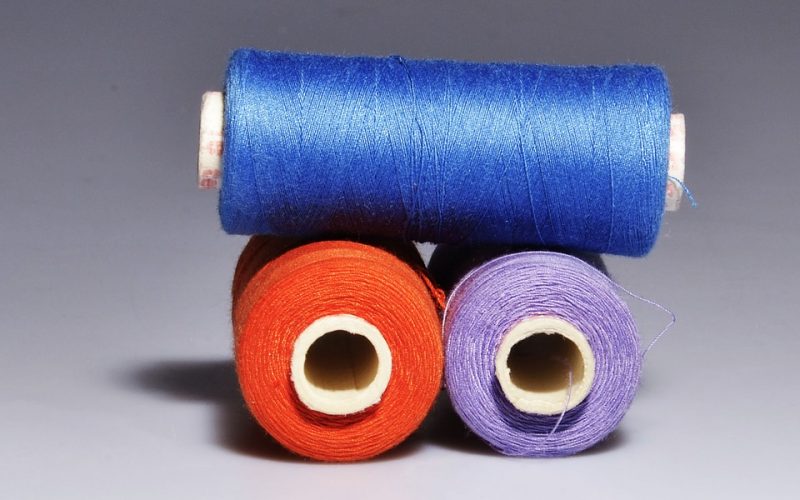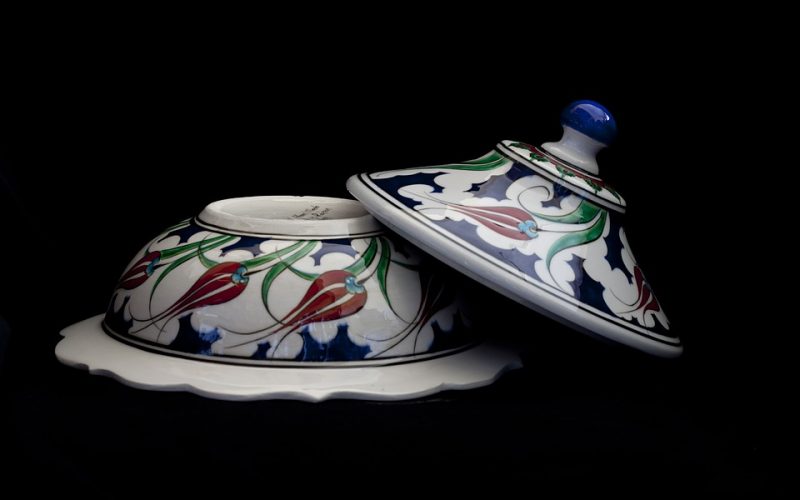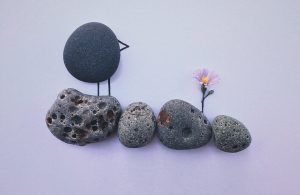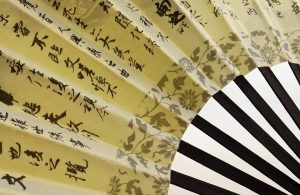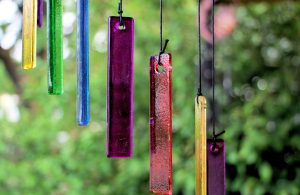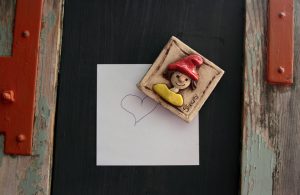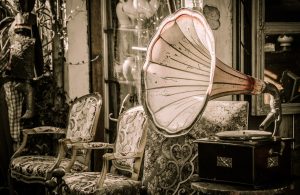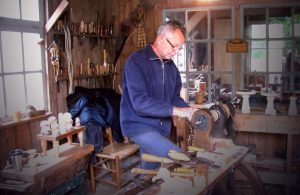The modern world is dominated by the convenience of fast, on-demand products, often mass-produced and easily accessible. While this trend has made life more comfortable, it has also led to a growing disconnect from the craftsmanship and quality that once defined our everyday items. In response, there's been a notable resurgence in the appreciation for heritage makers—artisans who craft products with skill, care, and a deep respect for traditional methods.
What defines a heritage maker?
Heritage makers are individuals or collectives dedicated to preserving the art of traditional craftsmanship. Their work often involves techniques passed down through generations, emphasising quality over quantity. These artisans produce a wide range of goods, from textiles and ceramics to bespoke furniture and heirloom jewellery, each piece telling a unique story of its creation.
Unlike fast-fashion producers or large-scale manufacturers, heritage makers focus on sustainability and ethical practices. They often source materials locally, ensuring that their environmental impact is minimal. This approach not only fosters a stronger connection between the creator and their product but also between the consumer and the item they purchase.
Consumer demand for authenticity
The shift towards heritage makers is partly driven by a growing consumer demand for authenticity and uniqueness. In a world where products are increasingly homogenous, many people are seeking out items that stand out and reflect their individuality. Heritage products fulfil this desire by offering something truly special, crafted with care and attention to detail.
Customers are also becoming more aware of the environmental and societal impact of their purchases. Mass-produced goods often come with a high environmental cost, including excessive waste and pollution. In contrast, heritage products are typically made with sustainable practices and materials, making them an attractive choice for those looking to make more responsible purchasing decisions.
The role of technology
Interestingly, technology has played a pivotal role in the resurgence of heritage makers. While the internet has enabled the spread of fast fashion and mass-produced goods, it has also provided a platform for artisans to showcase their work to a global audience. Social media, e-commerce sites, and online marketplaces have given heritage makers the tools to reach consumers far beyond their local communities.
This digital presence allows heritage makers to tell the stories behind their creations, fostering a deeper connection with their audience. Consumers who are interested in the provenance of their products can learn about the artisans' processes, materials, and inspirations, adding value to their purchase.
Heritage in the modern world
For many, supporting heritage makers is about more than just owning a beautiful product; it's about contributing to the preservation of cultural traditions. In a rapidly globalising world, these artisans play a crucial role in maintaining the diversity of human culture. By using traditional techniques, they keep alive the skills and stories of their ancestors, ensuring that they are not lost to history.
This cultural preservation is particularly important in regions where industrialisation and urbanisation threaten to erase traditional practices. By supporting heritage makers, consumers can help sustain these crafts and provide artisans with the means to pass their skills onto future generations.
Challenges facing heritage makers
Despite their growing popularity, heritage makers face several challenges. Competing with mass-produced items, both in terms of price and availability, can be difficult. Artisanal products often take longer to create and are more expensive, reflecting the time, effort, and skill involved in their production. For some consumers, this can be a barrier to purchase.
Additionally, heritage makers must find ways to balance their commitment to traditional methods with the demands of a modern audience. Adapting to new trends while maintaining the integrity of their craft is a delicate balancing act that requires creativity and innovation.
The future of heritage making
The future looks promising for heritage makers as more consumers seek out meaningful, sustainable alternatives to fast fashion and mass production. By valuing quality, authenticity, and tradition, these artisans offer products that resonate with modern sensibilities and environmental concerns.
Supporting heritage makers is not just about purchasing a product; it's about investing in a story, a community, and a craft. As awareness continues to grow, so too will the appreciation for the timeless art of heritage making, ensuring its place in the future of consumer culture.
